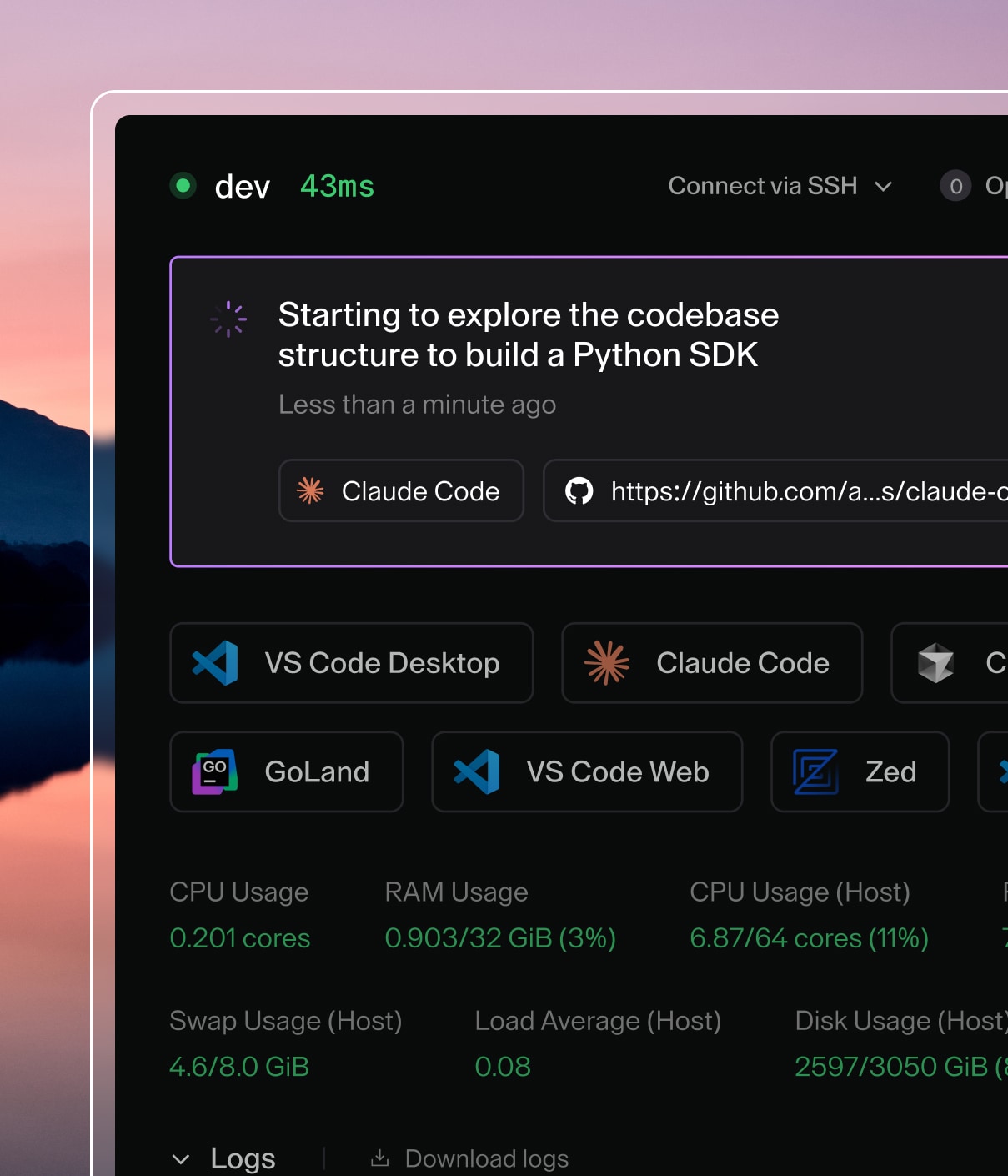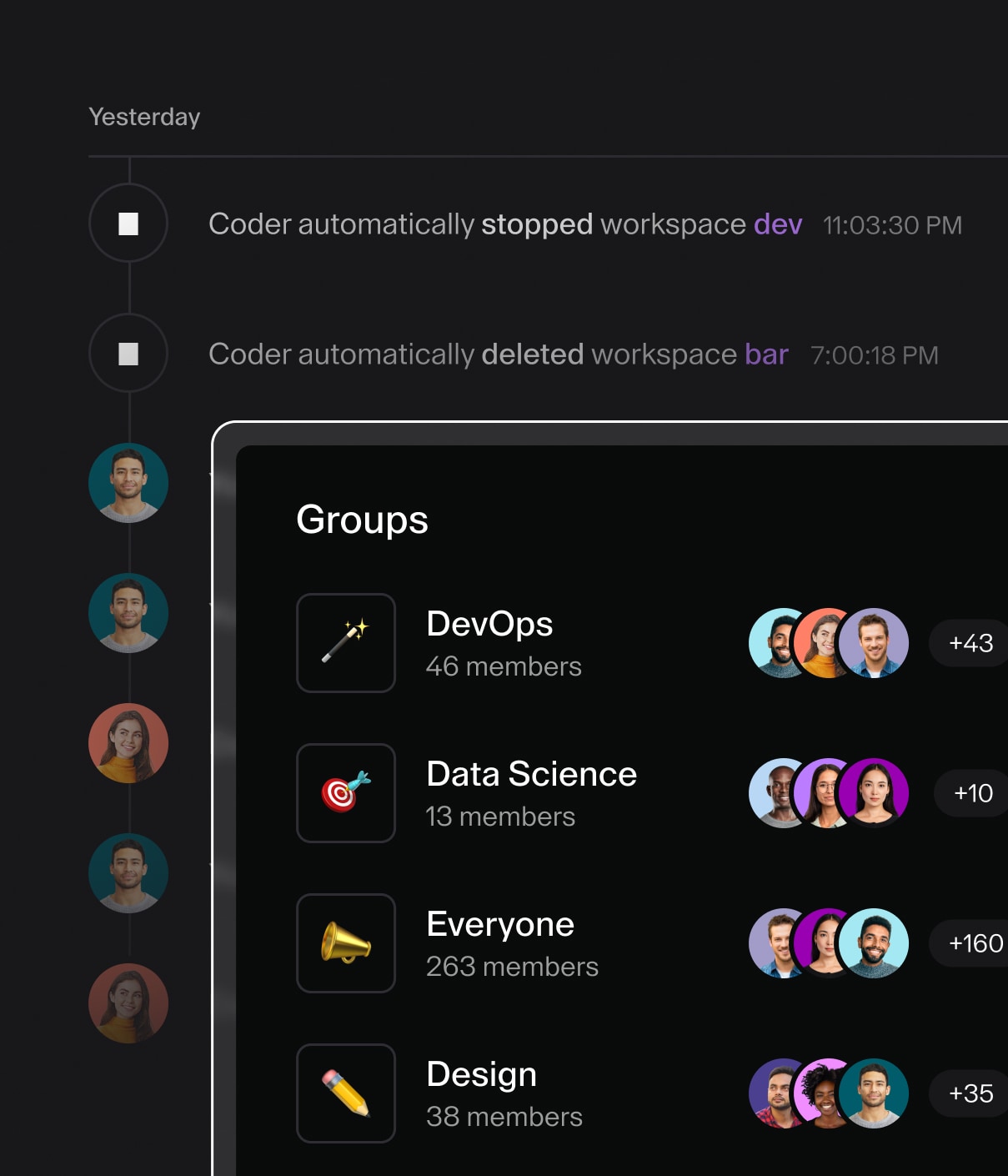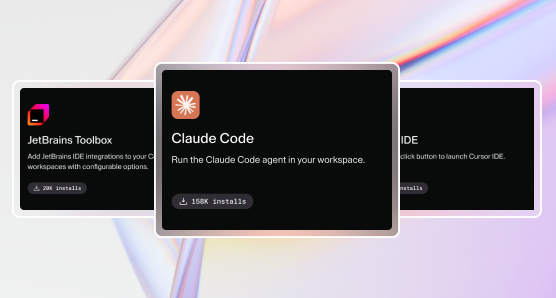code-server
code-server is our supported method of running VS Code in the web browser.

Differences between code-server and VS Code Web
Some of the key differences between code-server and VS Code Web are:
| Feature | code-server | VS Code Web |
|---|---|---|
| Authentication | Optional login form | No built-in auth |
| Built-in proxy | Includes development proxy (not needed with Coder) | No built-in development proxy |
| Clipboard integration | Supports piping text from terminal (similar to xclip) | More limited |
| Display languages | Supports language pack extensions | Limited language support |
| File operations | Options to disable downloads and uploads | No built-in restrictions |
| Health endpoint | Provides /healthz endpoint | Limited health monitoring |
| Marketplace | Open VSX by default, configurable via flags/env vars | Uses Microsoft marketplace; modify product.json to use your own |
| Path-based routing | Has fixes for state collisions when used path-based | May have issues with path-based routing in certain configurations |
| Proposed API | Always enabled for all extensions | Only Microsoft extensions without configuration |
| Proxy integration | Integrates with Coder's proxy for ports panel | Integration is more limited |
| Sourcemaps | Loads locally | Uses CDN |
| Telemetry | Configurable endpoint | Does not allow a configurable endpoint |
| Terminal access to files | You can use a terminal outside of the integrated one to interact with files | Limited to integrated terminal access |
| User settings | Stored on remote disk | Stored in browser |
| Web views | Self-contained | Uses Microsoft CDN |
For more information about code-server, visit the code-server FAQ.


